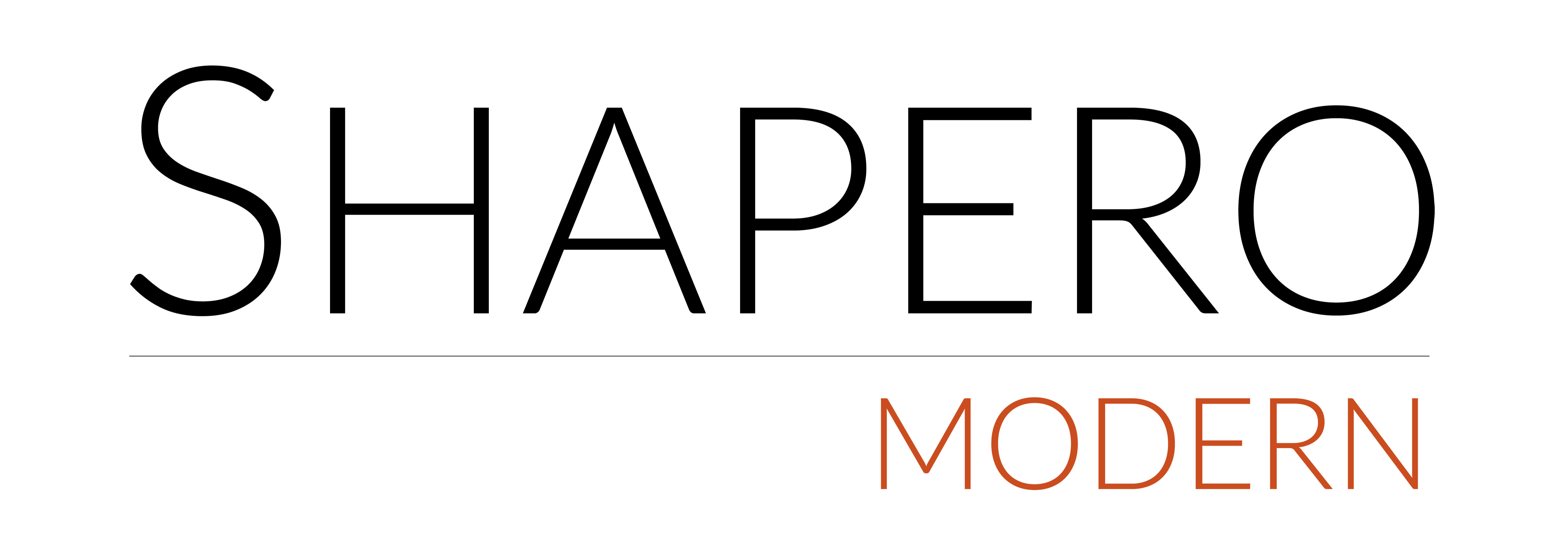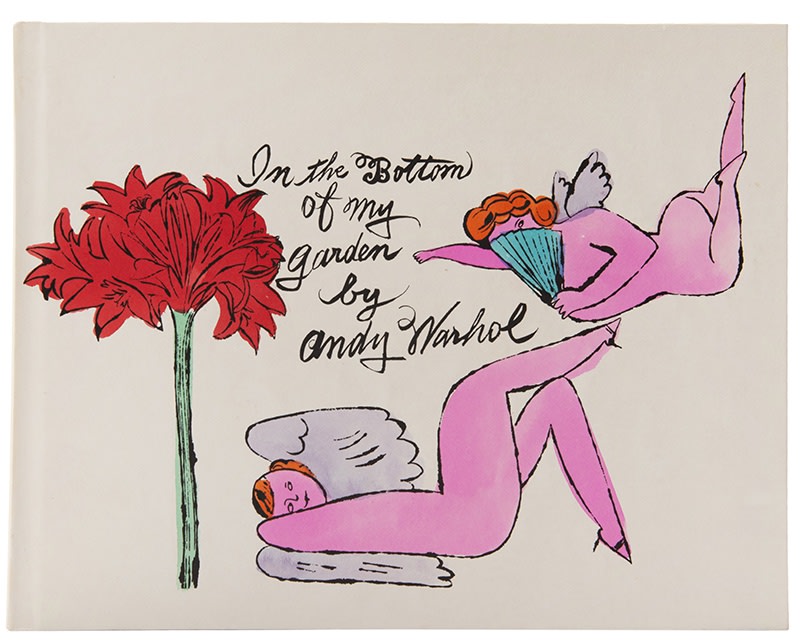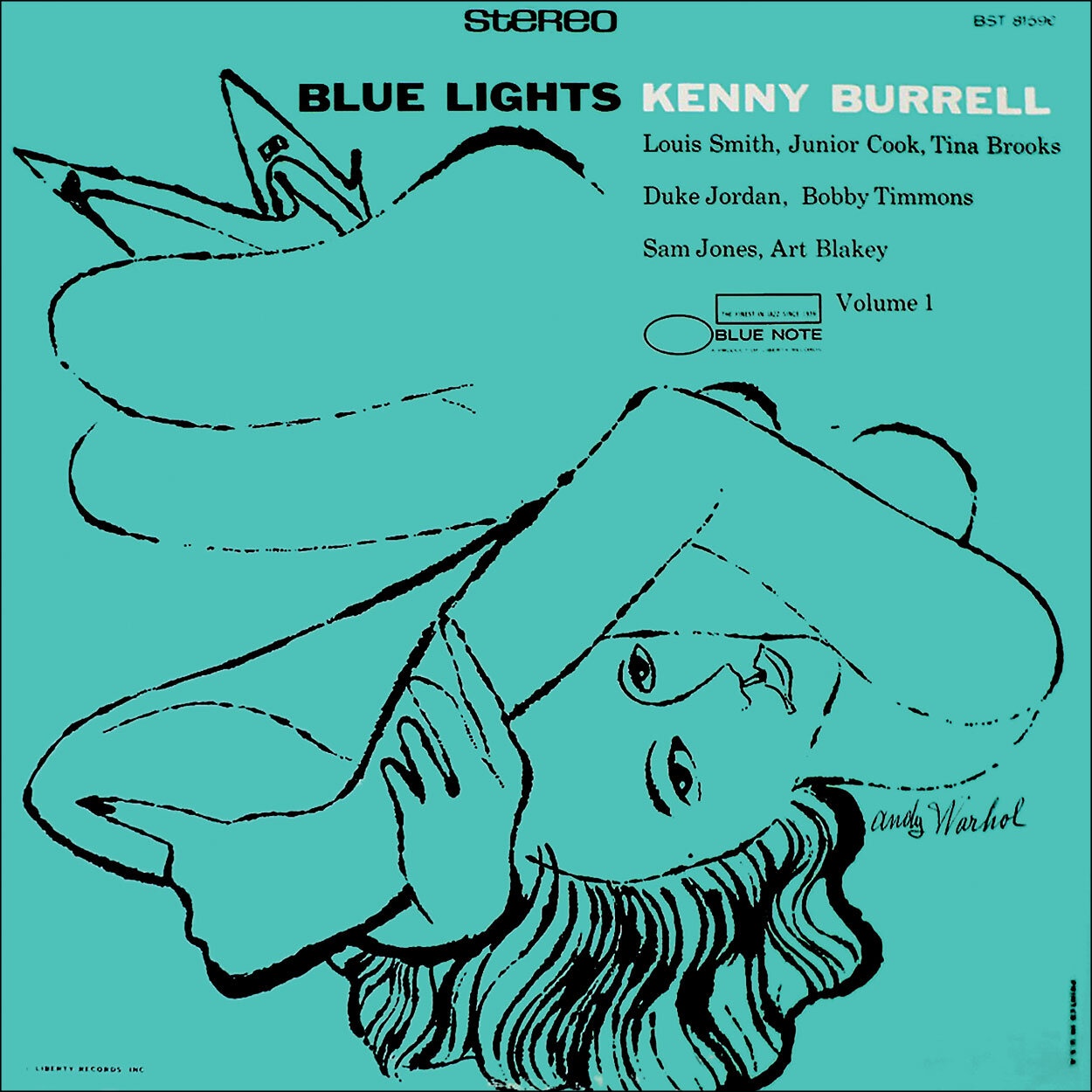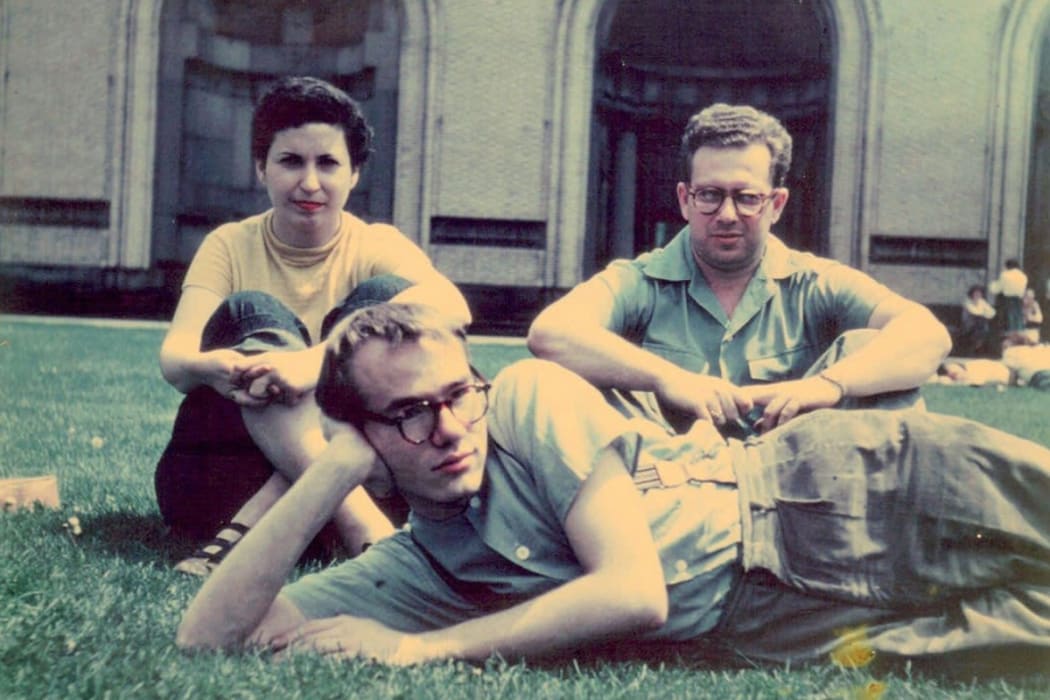
These early illustrations take the form of hand coloured blotted line prints on sheets of wove paper. Bound into books, and self-published by Warhol, these blotted line illustrations were sent out to charm prospective clients and, at the same time, cleverly present the character and quality of Warhol’s graphic illustrations. This artistic act of self-promotion grabbed the attention of the prestigious publishing and advertising agents of the day, propelling Warhol’s illustrations into the public eye.
Andy Warhol. In the Bottom of My Garden. (SOLD)
The seven books, Love is a Pink Cake (1953), A is an Alphabet (1953), 25 cats name[d] Sam, and one Blue Pussy (1954), Á la recherche du shoe perdu (1955), In the bottom of my garden(1955), A gold book (1957) and Wild Raspberries (1959), all feature Warhol’s signature stylised blotted line drawings.
So, what is blotted line drawing?
Andy Warhol created his characteristic blotted line technique while a student at the Carnegie Institute of Technology (now Carnegie Mellon University) by combining both his drawing and basic printmaking skills.
The blotted line process involved copying a pencil line drawing onto a piece of non-absorbent paper, for example, tracing paper. Next, Warhol attached this piece of paper to a second more absorbent paper, hinging the two together by taping their edges together on one side. Then, with a fountain pen, Warhol would ink over a small section of the drawn lines on the non-absorbent paper. Finally, Warhol would transfer the ink onto the second more absorbent sheet by folding along the hinge and lightly pressing or ‘blotting’ the two sheets together. The process resulted in dotted, delicately broken lines that would become characteristic of Warhol’s early illustrations.
Cover of 'Blue Lights', an album by Kenny Burrell, with an illustration by Warhol
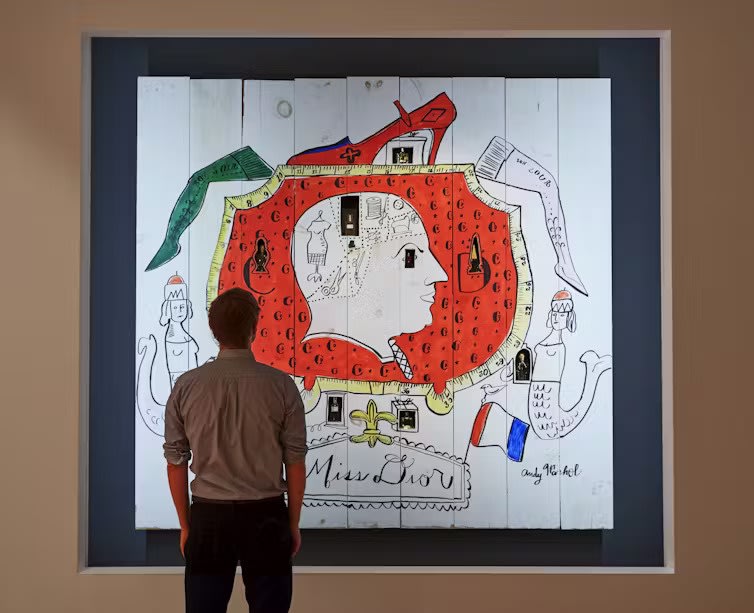
The Miss Dior shop window display. All artworks from The Andy Warhol Museum, Pittsburgh © The Andy Warhol Foundation for the Visual Arts, Inc/ARS
The blotted line technique allowed Warhol’s commercial illustration work to stand out from the crowd and helped him to secure commissions from an illustrious list of clients, including Glamour Magazine, Condé Nast Publications, The New York Times, Tiffany’s and Harper’s Bazaar.
CurRENT EXHIBITION
Featuring Andy Warhol's vibrant, flamboyant, hand-coloured lithographs from the 1950s and elegant still-life screenprints from the 1970s, the exhibition invites you to revisit the creative world of one of the most famous artists of all time.
ABOUT US
Shapero Modern specialises in Modern & Contemporary prints, multiples and works on paper, with a particular focus on American 20th-century art all of which are available to buy from our website as well as our gallery on Maddox Street in Mayfair.
The gallery runs a programme of selling exhibitions from both primary and secondary market artists, with six exhibitions per year, including collaborations with contemporary living artists as well as masters of 20th-century post-war editions including Frank Stella, Andy Warhol, Roy Lichtenstein, David Hockney, Claes Oldenburg, Alex Katz, Pablo Picasso and Joan Miró.
Shapero Modern exhibits at major international Art Fairs worldwide, including TEFAF Maastricht, Frieze Masters, Masterpiece London, Art Miami, the IFPDA Fine Art Print Fair and the London Original Print Fair at Somerset House. Meantime, Tabitha and her team are on hand at Shapero Modern’s Mayfair gallery in the heart of London to advise on all aspects of the art market and collecting.
